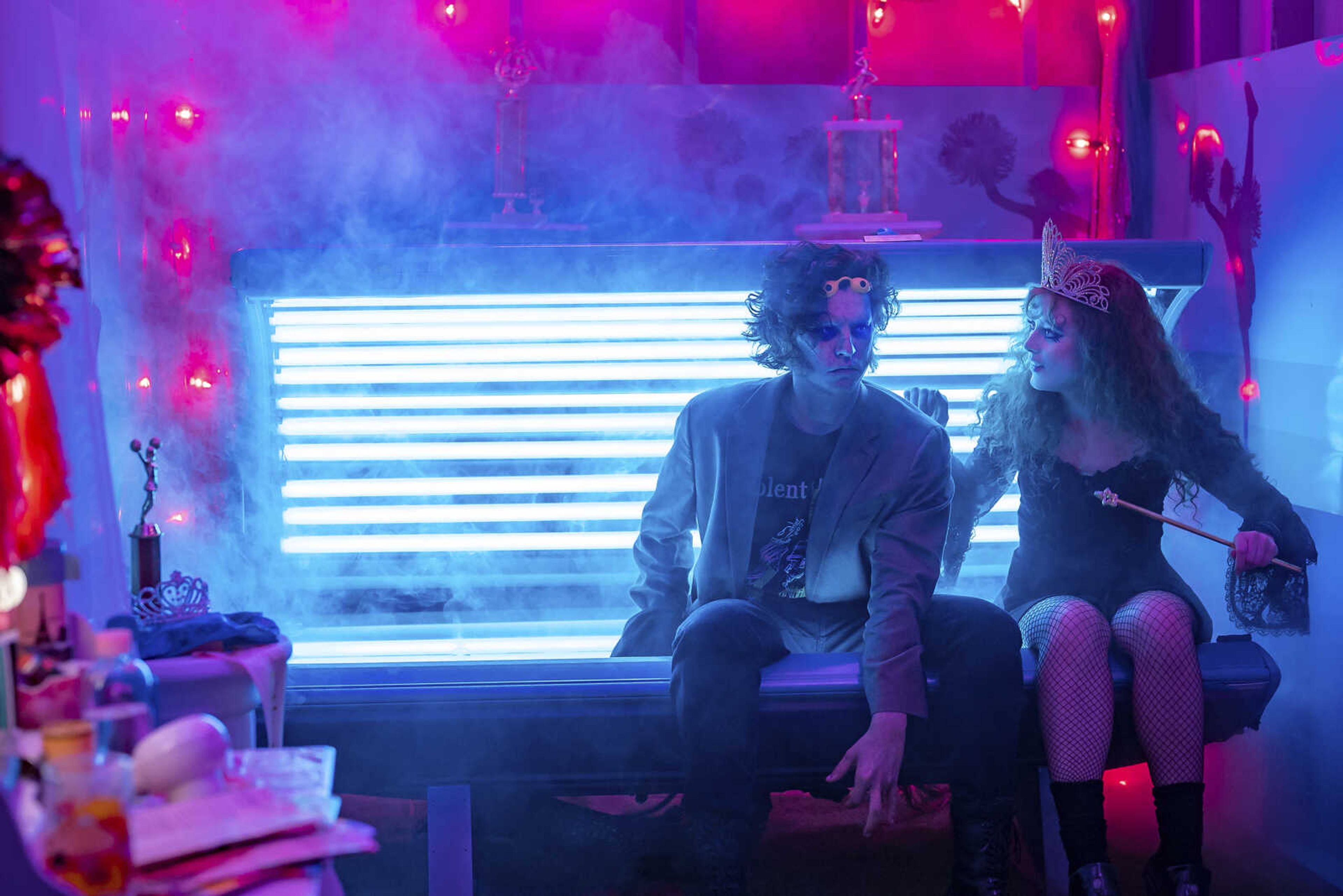Two Claudes
NEW YORK -- The last time conductor David Robertson led the St. Louis Symphony in a performance of Claude Debussy's "Prelude to the Afternoon of a Faun," he had only 30 minutes of rehearsal to devote to it. Called at the last minute to fill in for the orchestra's then-ailing music director, Hans Vonk, he accepted the challenge and saved the night back in February 2002...
NEW YORK -- The last time conductor David Robertson led the St. Louis Symphony in a performance of Claude Debussy's "Prelude to the Afternoon of a Faun," he had only 30 minutes of rehearsal to devote to it.
Called at the last minute to fill in for the orchestra's then-ailing music director, Hans Vonk, he accepted the challenge and saved the night back in February 2002.
"At the 11th hour, bases are loaded and you're brought out of the bullpen," Robertson recalled in an interview this past week.
Friday night, Robertson was the starting pitcher, leading the St. Louis Symphony in a performance of the work at Carnegie, this time as music director of the 126-year-old ensemble. He was thoroughly warmed up for a challenging program -- educational and empowering yet still entertaining because of his charming delivery.
The well-attended concert was Robertson's first of six in Carnegie's prestigious "Perspectives" series, in which America's premier music venue allows selected artists to program whatever they please. For this one, he chose to give his impressions of two French impressionists named Claude: Debussy and Monet.
Drawing from his vast knowledge of French culture that he picked up while working in France from 1990 to 2004, the 47-year-old American conductor spoke without notes. He had the orchestra demonstrate passages from the "Prelude" and from another Debussy piece, "Jeux" ("Games"), then spoke about Monet's "Morning on the Seine" and "Waterlilies" paintings as they were projected on a screen, and then played the pieces in their entirety.
"We don't trust our own ability to look and to listen to give us insights. We think that you need to be a specialist before you really can gain any understanding of these things. I think that this is absolutely nonsense. It's not that specialists can't tell us things. But in the end, the person who has the experience is the individual who is listening to the music or looking at the canvas," Robertson said.
Debussy's and Monet's canvases share a dreamy mistiness, a sense of drifting characterized by ripples of water and shimmering notes, sweeping landscapes and sounds, and a depth of color.
Robertson, who maintained a down-to-earth delivery despite the weightiness of his talk, did not avoid the technicalities of musical concepts. He explained such things as chromaticism (all the black and white keys on the piano) and tonic and dominant notes (respectively, the home note that asserts a theme and the fifth note of a scale that challenges the assertion).
He demonstrated the compositions' structures, pointing out the importance of silence in a musical composition (at a one-bar pause, Robertson said, Debussy was giving the audience "just enough time to say, 'What the heck is going on?'")
And he maintained a sense of humor despite at least four cell phone intrusions and the flash of a camera. ("If it is one of my relatives, please put the camera away.")
Robertson couldn't resist sharing his own experience when the orchestra finished the "Prelude."
"Doesn't that make you glad you have ears?" he asked the audience.
---
On the Net:
St. Louis Symphony: http://www.slso.org/
Connect with the Southeast Missourian Newsroom:
For corrections to this story or other insights for the editor, click here. To submit a letter to the editor, click here. To learn about the Southeast Missourian’s AI Policy, click here.









